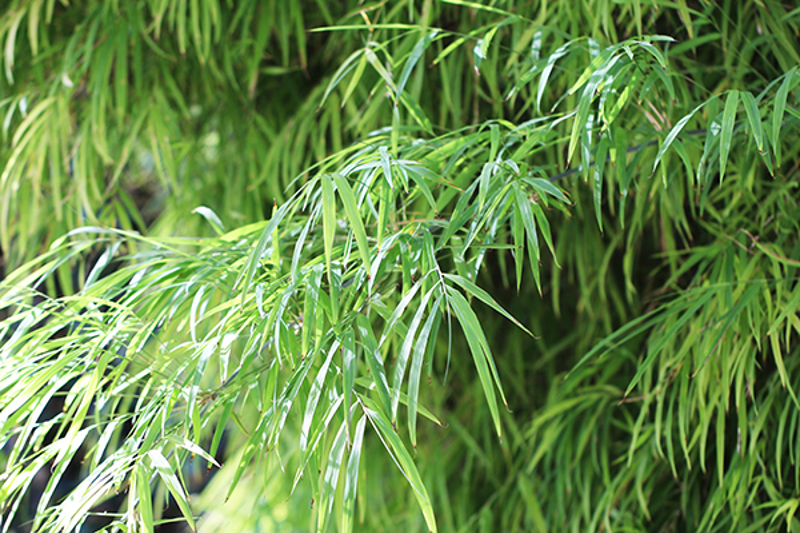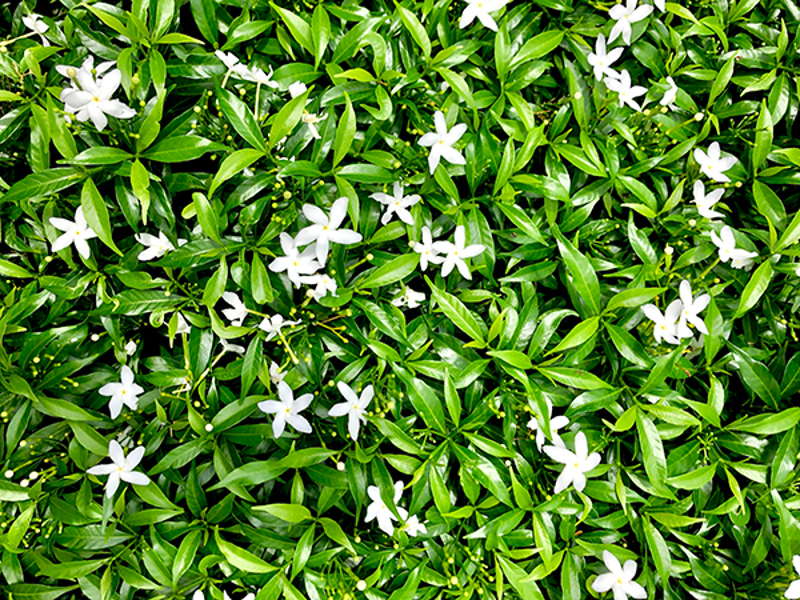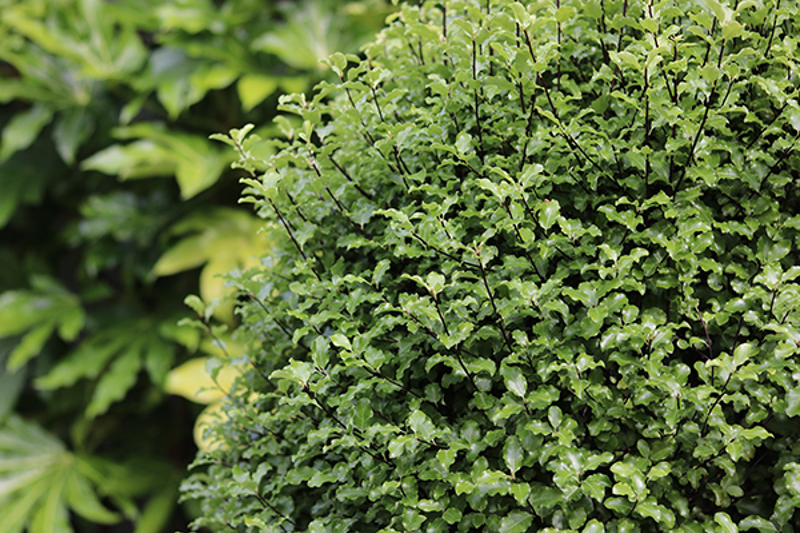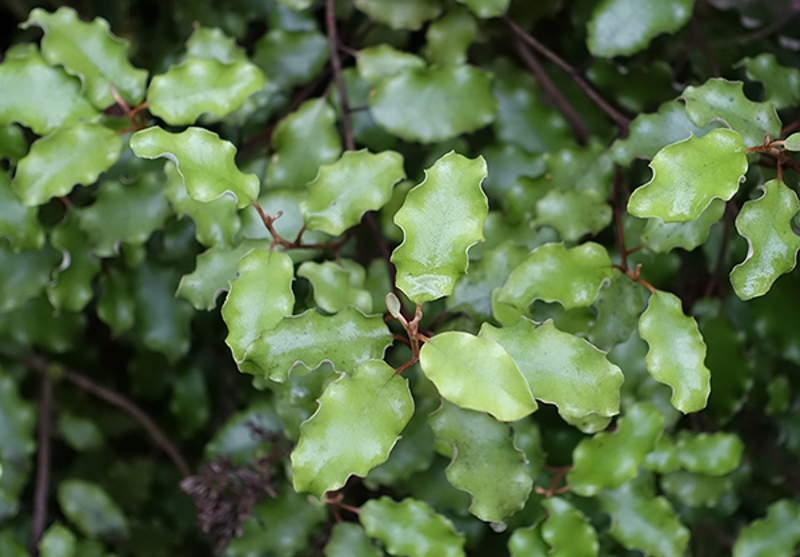Yates Account
Join now
Create a Yates account today!
Sign up to join the Yates Garden Club for monthly e-mails packed with seasonal inspiration, tips for success & exclusive promotions.
Plus if you’re a Garden Club member you can take part in the Yates Growing Community - a blog to share successes, get advice & win prizes in fun challenges along the way!

Forgot password
Enter the email address associated with your account, and we'll email you a new password.

Can your neighbours see into your backyard? Or perhaps you have an ugly fence that you want to hide? Plant a hedge!
Depending on your tastes, there are a variety of hedging plants to choose from...but if you’re looking for a screen quick-smart, then you’ll need to look for faster growing options.
Plus, when ‘Naked Garden Day’ rolls around (Labour Weekend – mark it in your calendar, folks!), you’ll need to be prepared. Your neighbours may not be as enthusiastic about this occasion as you, so a hedge might avoid some awkwardness next time you invite them over for a BBQ.

1. Sweet Viburnum:
Aspect: Full sun/part shade
Height: 3-4m
Width: 3-4m
Incredibly fast growing, sweet viburnum (Viburnum odoratissimum) has luscious dark green leaves that are adorned with fragrant white flowers during the warmer months. The dense, tightly packed foliage makes it ideal as a privacy screen. As a bonus, you can also use the foliage as a filler for an indoor cut flower display.

2. Slender Weavers Bamboo:
Aspect: Full sun
Height: 6-8m
Width: 1-1.5m
Most people tend to shy away from bamboo (with good reason), but choose the right type and you’ll be growing a wonderful green screen in no time. Look for clumping types, like slender weavers bamboo (Bambusa textilis var. gracilis) – its slim-line culms will form an attractive living wall within a few years.
Pro Tip: you can remove the lower stems and foliage to raise the ‘canopy’ for a more formal, structured look.

3. Murraya
Aspect: Full sun
Height: 2-3m
Width: 1-1.5m
With its glossy green foliage and perfumed white flowers that appear at various times throughout the year (bonus!), Murraya (Murraya paniculata) is a classic hedge that deserves a spot in your garden. It’s quite fast-growing, but you can keep it at its desired height with regular pruning.

4. Pittosporum / Kōhūhū
Aspect: Full sun
Height: 4-5m
Width: 2-2.5m
Often referred to as an ‘instant hedge’, native evergreen Pittosporum tenuifolia is an absolute winner; its glossy silvery-green leaves are set against a backdrop of dark stems, making for a lush contrast.
Kōhūhū is available in a range of beautiful cultivars in varying shades; check them out at your favourite garden centre. If you're going for an informal look, planting a screen of subtly different varieties really adds visual interest and flair. Kōhūhū tolerates coastal conditions and even shaded positions, too.

5. Olearia / Akiraho
Aspect: Full sun
Height: 4m
Width: 2m
An attractive evergreen native NZ shrub, Olearia paniculata is a hardy favourite for informal hedging, due to a dense habit and very attractive lemony-green wavy-edged leaves. It forms fragrant clusters of small white flowers throughout summer.
Akiraho prefers very well-drained soil and a sunny position. It's drought resistant and will cope with windy coastal conditions, but doesn't respond well to 'wet feet'.
Tips for Hedge Success:
- Autumn is the best time of year for planting out new hedges.
- Take the time to improve your soil prior to planting. Remove weeds and add organic matter, like Yates Dynamic Lifter Organic Plant Food.
- If your soil is clay-based, help break it up with gypsum. If it’s heavy clay, consider mounding the soil up and planting into the mounds.
- Dig holes or a trench, roughly twice the width of the rootball and just a little deeper than the pot.
- To ensure you end up with a dense hedge with no straggly gaps, you'll need to plant close...but not too close! A good rule of thumb is to multiply the height of the plant by 0.3. For example, if your hedge is 1.5m high, then you should space the plants 45cm apart.
- Once planted, lightly trim all over to encourage new growth. Ongoing, clip regularly to encourage a dense, bushy habit. For flowering hedges, trim straight after flowering has finished. Clip foliage hedges in late winter or early spring.
- Feed in autumn and spring, with Yates Dynamic Lifter Organic Plant Food to encourage strong new growth.














Share
Share this article on social media